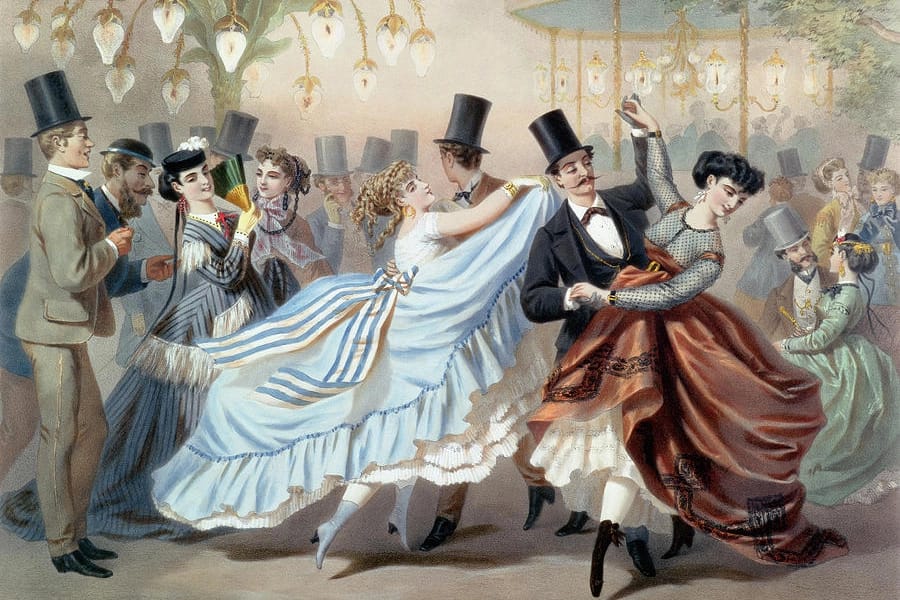
It’s elegant, it’s graceful, and 200 years ago it was the subject of some pretty serious warnings.
By the 1790’s the waltz was all the rage. And along with its immense popularity came red flags. There were medical concerns because of the speed with which the dancers moved around the room. And there were moral objections because of the closeness of the partners.
The Lexicon of Musical Invective, an English encyclopedia of 1805, described the waltz as “a riotous German dance of modern invention. Having seen it performed by a select party of foreigners, we could not help reflecting how uneasy an English mother would be to see her daughter so familiarly treated, and still more to witness the obliging manner in which the freedom is returned by the females.”
In 1816, however, an English dancing master named Thomas Wilson came to the dance’s defense. Said Mr. Wilson, “The waltz is not an enemy to true morals. It is generally admitted to be a promoter of vigorous health and productive of a hilarity of spirits.”
And if you’d like to read Lord Byron’s poetic appraisal (published anonymously in 1813), look here.







